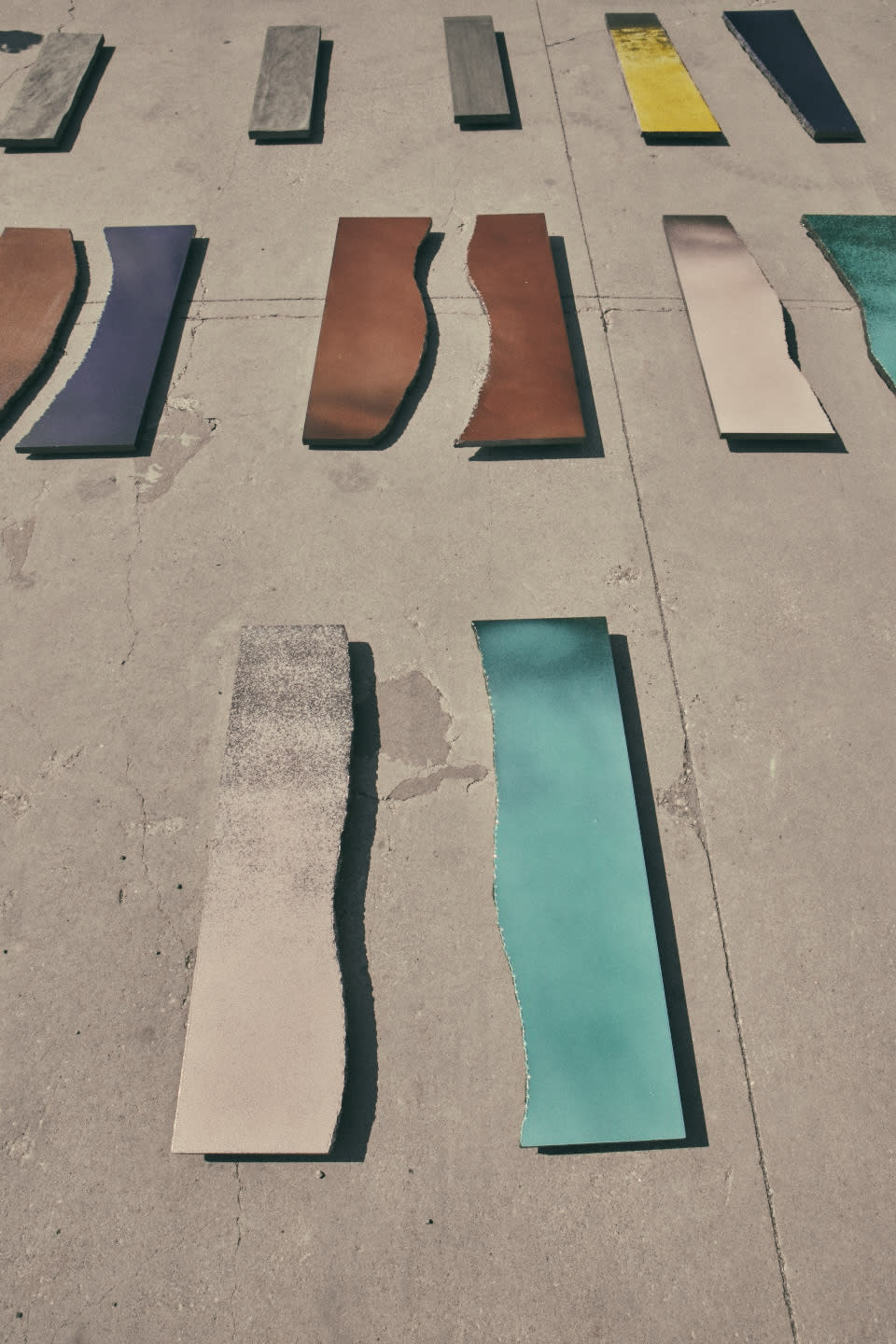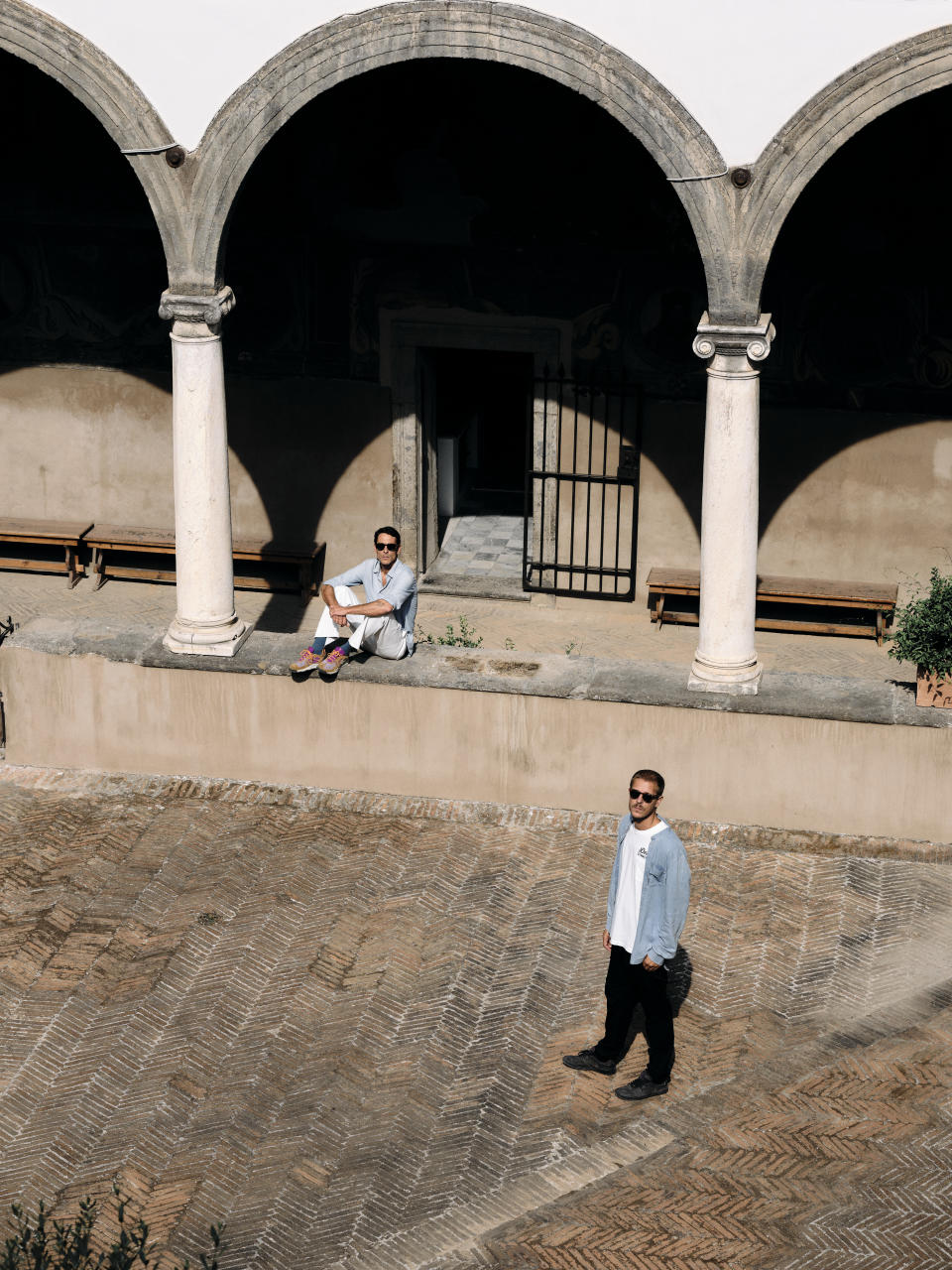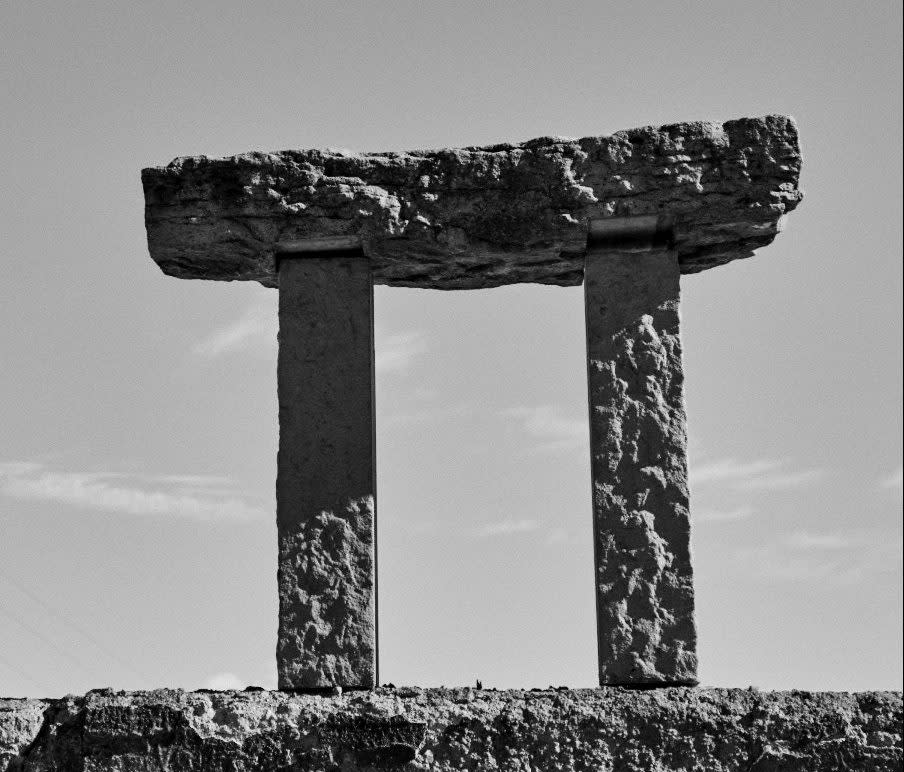Turning Magma Into Art
- Oops!Something went wrong.Please try again later.

MILAN — If stones could talk, the rocks from the Ranieri family’s quarry could tell of the horrors of Vesuvius’ famous eruptions, the bombings of World War II and the rebirth of the city of Naples.
Indeed, materials excavated from their land have been used to build Naples’ Piazza del Plebiscito and revive the city’s bustling streets into the industrial boom. Today, the family-run firm thrives on bespoke interior design and architectural projects with clients around the world, which is why it tapped designers and architects Francesco Meda and David Lopez Quincoces to spearhead this new chapter.
More from WWD
Italian Design Brands Takes Majority Stake in Turri, Axolight
Thom Browne and Andrew Bolton Honored for Sutton Place Home Renovation
The firm is led by third-generation family member Giovanni Ranieri from Terzigno, a town rich with archeological artifacts that sits at the foot of Vesuvius. Ranieri’s main focus is ennobling the essence of lava as a driving force for innovation in a contemporary age, as well as celebrating its centuries-old Neapolitan craftsmanship that has led to the creation of scenographic spaces, settings and projects.
Ranieri has worked with a roster of individuals and brands including Icelandic-Danish artist Olafur Eliasson, the Four Seasons Hotel Miami and Massimo Bottura’s Osteria Francescana, among others. Meda and Lopez Quincoces, who were also appointed creative directors of the upscale Acerbis furniture brand in 2020, have infused their own flair into the Odissea collection, which is composed of complementary 2D and 3D elements that are versatile and can be combined and/or arranged in a variety of patterns. The 2D elements are characterized by geometric edges and a constant rhythm of points and parallel lines, while its 3D elements are identifiable by their convex and concave nature, and irregular nuances. Ranieri, who studied international politics and traded his work as a U.N. peacekeeper to relaunch the family business, said his hope, looking ahead, is for these tiles to be used for works of art and as enduring pieces indoors and outdoors.

“The approach was envisaged around a collection of products that can be used for tables or sculptures, and/or something that can be used indoor or outdoor as architectural tiles. The big 3D pieces can be used for indoor or outdoor or for an individual piece of art that can be used in a showroom or in a lobby or big house,” Ranieri explained.
The new catalogue includes finishes that highlight a fusion of minerals and magma. Ranieri’s “Lunar Rock” for example, exposes the original foam of the material, as well as the air bubbles of magma frozen in the stone, which underscores the raw element and look Ranieri hopes to achieve going forward. “You know that polished, plastic look? I can’t stand that. I love when the imperfections of a stone are evidenced and for me it’s really easy, as I walk on lava every day. Naples is made of lava.”
In envisioning their first collaboration with Ranieri, design duo Meda and Lopez Quincoces worked hard to uphold these principles and highlight the natural state of lava.
“We have chosen to emphasize the material, which by nature is never uniform. We applied the same rationale to the choice of colors, opting for organic tones to complement the story of the stone, something that cannot be more natural than it already is,” Meda and Lopez Quincoces said.

Sector-wide, expression through bricks and ceramic tiles is taking off. During Milan Design Week, for example, ceramics specialist Mutina unfurled a structure and installation designed by Spanish architect and designer Patricia Urquiola for Mutina with 3D blocks. The structure was made of a brick called Jali, the basis for a contemplative structure, definitive of society’s pursuit of spaces with a natural, sustainable and inspirational spirit.
Tiles as an outdoor architectural element was pioneered in large part by contemporary design pillars like late designer Gio Ponti whose passion for the material is rooted in his time at Richard Ginori, where he rose to artistic director and was able to imbue his love of painting with design and decor. Throughout his career, he sought to achieve the look of dynamic, animated facades with multidimensional, iridescent diamond-shaped ceramic tiles typical to the sort of religious buildings he is known for, like the Catholic cathedral in Taranto, Apulia and San Francesco d’Assisi al Fopponino in Milan.
Ranieri, together with the new creative direction, will unfurl its latest collection at the Edit Napoli design fair between Oct. 6 and 8, with a site-specific installation as part of the fair’s CULT program, a dialogue between the fair and the historical and artistic treasures of Naples.

Best of WWD

